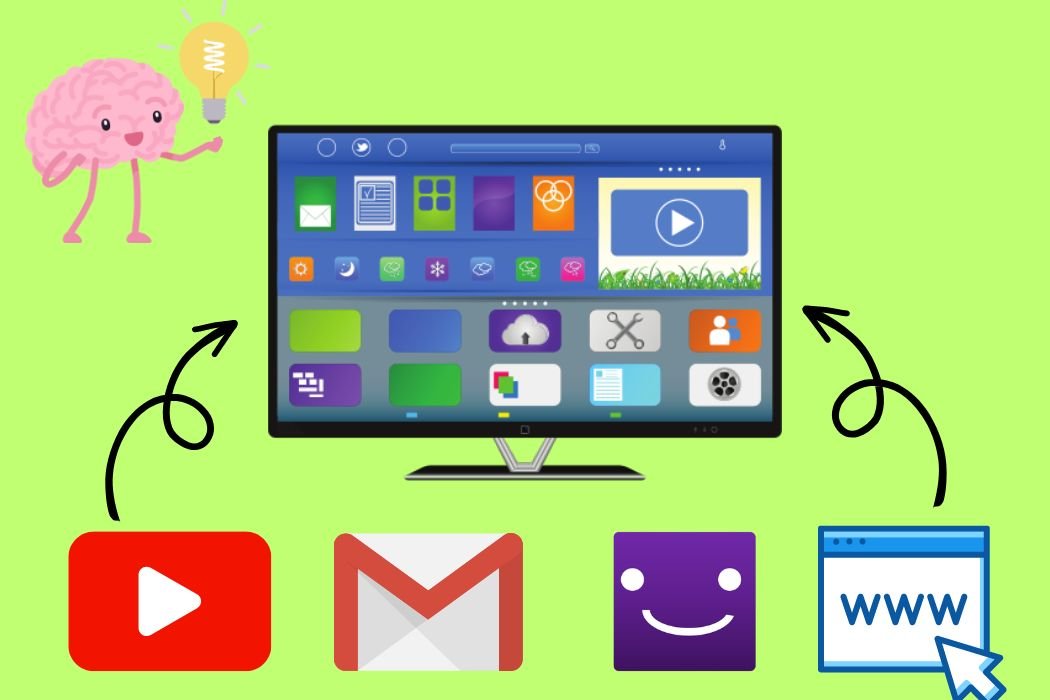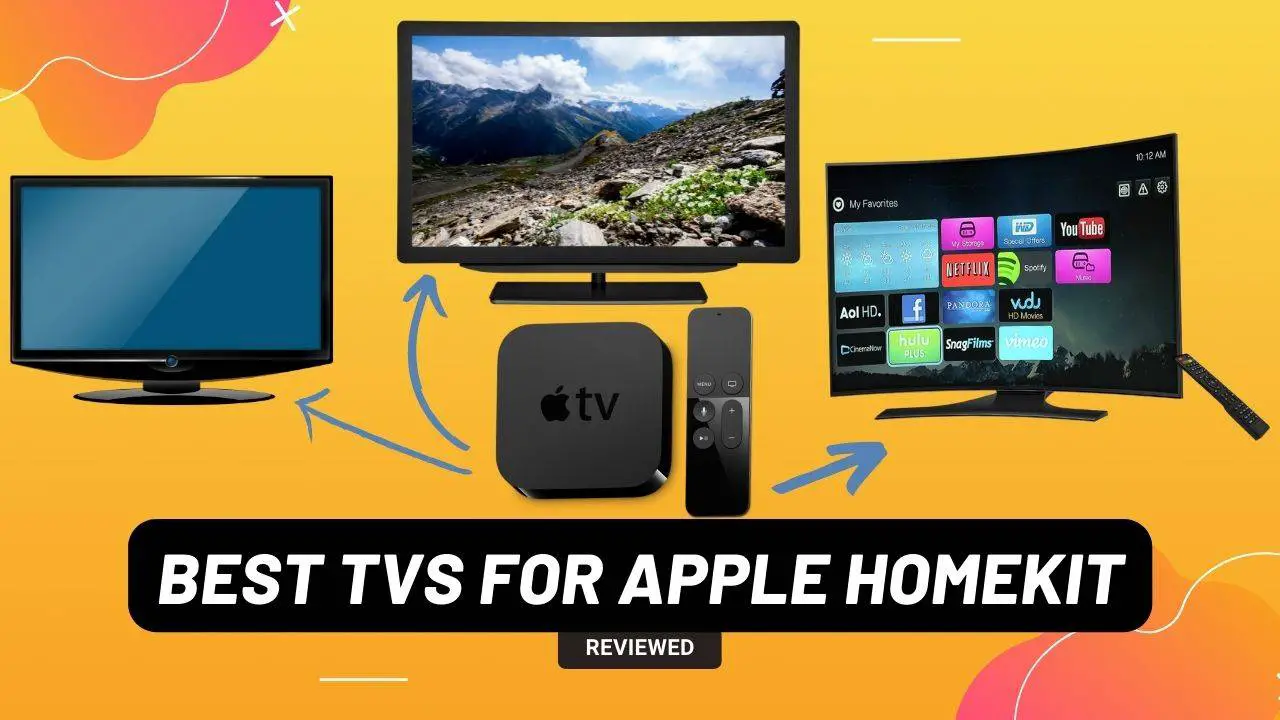
So, you’re sitting on your couch, remote in hand, flipping through channels. You pause. Is your TV just a TV, or is it, dare we say, smarter than that? Think about it. In a world where even your fridge can connect to the internet, shouldn’t your TV be able to do more than just display cable channels?
Let’s break it down, shall we? A smart TV is like your smartphone; it’s a multitasker. It’s not just about watching the latest episode of your favorite show anymore. It’s about streaming, browsing, and even gaming. But how can you tell if your TV is part of this modern tribe?
First clue: your remote. If it looks like it moonlights as a mini-computer keyboard, you’re on the right track. Second clue: the menu. See any apps? Netflix? YouTube? If yes, you’ve got yourself a smart TV. It’s like finding out your dog knows tricks you never taught it—surprising and delightful!
Why does this matter? Because a smart TV opens doors. Doors to new shows, movies, and even educational content. It’s not just a TV; it’s a window to the world. So, is your TV a mere screen, or is it a gateway to endless possibilities? The answer might be sitting right in your living room.
What Makes a TV “Smart”?

The Evolution of Smart TVs
Remember the days when a TV was just a box for watching shows and maybe playing a DVD or two? Those days are long gone. Smart TVs have evolved into home automation TVs, becoming the centerpiece of modern living rooms. They’re not just televisions anymore; they’re more like a Swiss Army knife of entertainment and functionality.
So, why does this evolution matter? Because each stage added layers of functionality that turned a simple “television” into a multi-faceted entertainment hub.
Core Features of a Smart TV
What’s the anatomy of a Smart TV? What makes it tick? Let’s delve into the core features that elevate a TV from being just a screen to a smart device.
Identifying a Smart TV Through Physical Features
The Role of the Remote Control
Let’s kick things off with something you hold every day but might not give much thought to: the remote control. Think of it as the magic wand that reveals your TV’s true identity.
A regular TV remote might have buttons for volume, channel, and power. Simple, right? But a Smart TV remote? that’s where the plot thickens.
- App Buttons: If your remote has buttons that directly open Netflix, YouTube, or Hulu, it’s like a secret handshake confirming you’re in the Smart TV club.
- Voice Control: Some remotes come with a microphone icon. Press it, speak into the remote, and voila! Your TV obeys your voice commands.
- Navigation Pad: A D-pad or touchpad for navigating menus is another clue. It’s like having a mini-computer mouse built into your remote.
So, why does the remote matter? Because it’s your first point of contact with your TV. It’s like the cover of a book, giving you a sneak peek into the story inside.
Ports and Connectivity Options
Now, let’s flip that TV around and look at its backside. No, we’re not admiring its slim design; we’re checking out its ports. A Smart TV is like a social butterfly; it loves to connect with other devices.
- Ethernet Port: If you see an Ethernet port, it’s a strong indicator that your TV likes to mingle online. This is where you’d plug in a cable for a more stable internet connection.
- HDMI Ports: More than one HDMI port? That’s a TV ready for multitasking. You can connect a gaming console, a laptop, and even you can mirror iPhone with Smart Tv.
- USB Ports: These are for plugging in external storage devices or even to connect a microphone to TV for those karaoke nights.
- Audio Outputs: Optical or 3.5mm audio outputs mean your TV is ready to connect to sound systems or headphones.
Why are these ports crucial? Because they expand your TV’s capabilities. Want to turn your living room into a mini-theater or a gaming arena? These ports make it possible.
Navigating the TV Menu for Smart Features
The Apps Section
Let’s dive into the heart of your TV—the menu. If your TV were a smartphone, the Apps section would be its home screen. What’s there? Netflix, YouTube, Hulu, and a plethora of other apps.
It’s like walking into a digital mall where each app is a different store. You can browse, shop, and even get a free trial for some services. So, if you spot an Apps section, it’s a dead giveaway you’re in Smart TV territory.
The App Store Indicator
Now, what if I told you your TV could do more than just stream shows? That’s right; some Smart TVs come with their own App Store.
Whether it’s Google Play Store for Android TVs or Apple’s App Store for Apple TVs, the presence of an app marketplace is like finding a golden ticket.
It means you can customize your TV experience by downloading new apps, just like you would on your phone.
Internet Connectivity: The Defining Feature
Wi-Fi and Smart TVs are hand in hand. A Smart TV without internet is like a fish out of water—alive but not really living. Why? Because the internet is what fuels all these smart features. It’s the electricity to your TV’s light bulb, illuminating a world of possibilities.
From streaming movies to updating software, Wi-Fi connectivity is the backbone of a Smart TV’s functionality.
Alternative Ways to Confirm Your TV’s Smartness
Online Research for Your TV Model
Still unsure if your TV belongs to the smart clan? No worries. Your TV model number is like its DNA, unique and revealing.
Find it on the back of your TV or in the settings menu. Then, plug it into a search engine.
You’ll likely land on the manufacturer’s page or tech review sites that spill all the beans—specs, features, and yes, whether it’s smart or not.
Contacting the Manufacturer
If the digital trail goes cold, it’s time for the direct approach. Grab your phone and call customer support. They’re the ultimate keepers of your TV’s secrets.
A quick chat can confirm not just if your TV is smart but also what kind of smart features it offers.
Why Does It Matter If Your TV Is Smart?
The Benefits of Owning a Smart TV
So, you’ve figured out your TV is smart. Great! But why should you care? Because a Smart TV isn’t just a screen; it’s a gateway. It’s like having a personal assistant that can also entertain you. For instance, you can give names for TV channels or apps, making voice commands even more intuitive.
- Educational Content: Beyond Netflix binges, Smart TVs offer a wealth of educational apps. Imagine your TV helping your kids with their homework or teaching you a new language. You can dive into educational platforms like TED Talks, Coursera, or even language-learning apps. It’s not just about binge-watching; it’s about binge-learning too!
- Home Integration: Smart TVs can seamlessly integrate into your smart home ecosystem. Want your lights to dim when your movie starts? You can connect TVs with HomeKit and make it happen.
The Future of Smart TVs
Why invest in a Smart TV now? Because they’re the future, and the future is all about adaptability and expansion.
- AI and Machine Learning: Upcoming Smart TVs will be smarter, thanks to AI. They’ll know your preferences and could even predict what you’d like to watch next.
- Augmented Reality: Imagine turning your living room into a gaming arena or a virtual travel destination. It’s not sci-fi; it’s the future of Smart TVs.
Frequently Asked Questions
How do I know if my LG TV is a smart TV?
If it has an “LG Content Store” or flaunts a “WebOS” badge on its startup screen, you’ve got yourself a smart TV! It’s like walking into a room and knowing it’s a kitchen because you see a stove and a fridge. You can also dive into the settings menu; if you spot options for Wi-Fi or app downloads, you’re in Smart TV territory.
What is the difference between a smart TV and a regular TV?
A smart TV can browse the internet, download apps, and stream Netflix without needing any extra gadgets. A regular TV? Well, it’s more like a simple pocket knife—you’ll need to add a Roku or Chromecast to give it those extra skills.
How can I check the software version of my smart TV?
To check the software version of your smart TV, go to the settings menu and look for the “About” or “System Information” section. This will display details about the software version, and in some cases, offer an option to update it.
Do all smart TVs have voice control features?
Not all smart TVs come with voice control features. However, many newer models are compatible with voice-controlled assistants like Amazon Alexa or Google Assistant. Check your TV’s specifications or settings menu to see if this feature is available.




